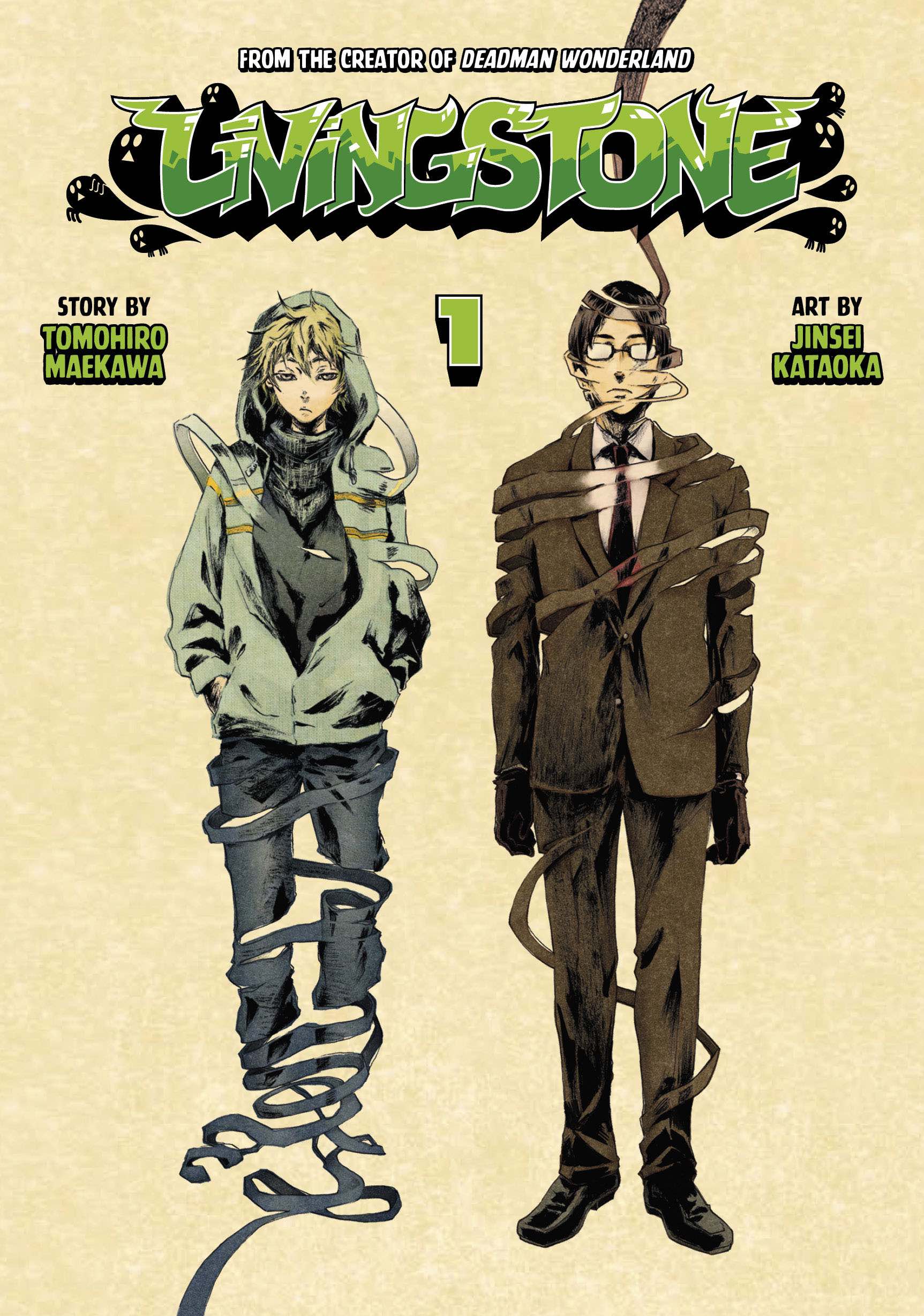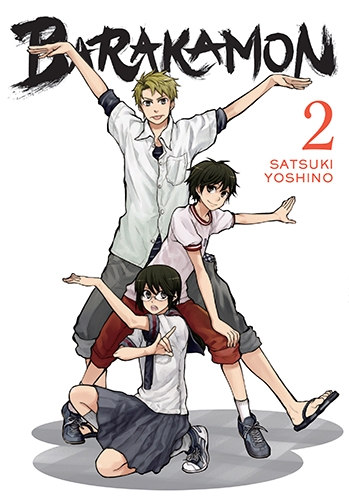My News and Reviews Last week at Experiments in Manga the winner of the Please Tell! Me Galko-chan manga giveaway was announced. The post also includes a fairly comprehensive list of the full-color …
Continue Reading about My Week in Manga: January 30-February 5, 2017 →



